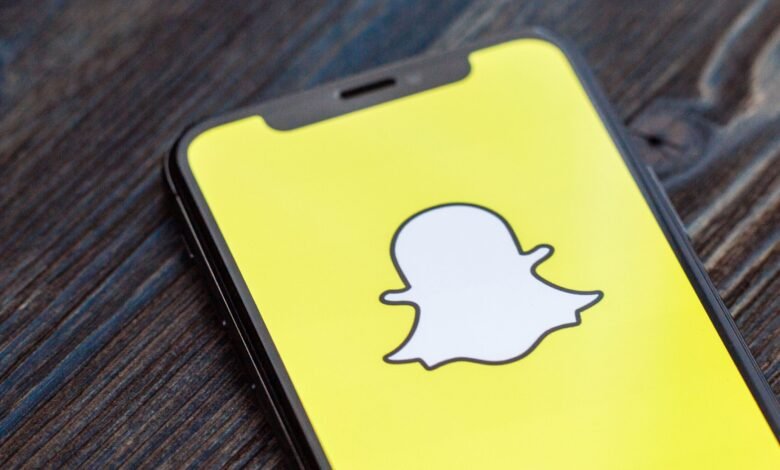Snapchat’s Massive AWS Outage: A Live Recap

▼ Summary
– A major Amazon Web Services outage on October 20, 2025 caused widespread internet service disruptions, including Snapchat, Venmo, and Fortnite.
– Snapchat experienced a peak of over 22,000 user reports on DownDetector, with users receiving C14A service unavailable errors due to AWS connectivity issues.
– The outage originated from DNS resolution problems in AWS’s US-EAST-1 region, affecting multiple services that rely on Amazon’s cloud infrastructure.
– Services like payment platforms, gaming apps, and streaming services were impacted, highlighting the internet’s heavy reliance on a few key cloud providers.
– While AWS reported gradual recovery, the outage lasted several hours and caused concerns about data loss, including potential disruption to Snapchat user streaks.
A widespread disruption to Amazon Web Services (AWS) caused significant downtime for numerous popular online platforms, with Snapchat experiencing a major outage that left millions of users unable to access the service. The problems began during the early morning hours of October 20, 2025, and persisted for several hours, highlighting the extensive reliance many digital services have on a small number of cloud infrastructure providers.
Reports of issues with Snapchat surged dramatically, reaching a peak of 22,762 user complaints on DownDetector around 3:50 a.m. Eastern Time. Attempts to open the app resulted in a C14A service unavailable error, a clear signal that the application could not establish a connection with its backend servers. Since AWS was simultaneously reporting a large-scale service disruption, the connection between the two events was immediately apparent.
Snapchat was far from the only service impacted. The AWS outage created a domino effect, bringing down or impairing a wide array of platforms. Major names affected included Roblox, Fortnite, and the Ring doorbell service. Financial and trading apps like Venmo and Robinhood were also hit, alongside streaming services such as Crunchyroll. Other notable services reporting problems were the McDonald’s application for some users and the Lyft ridesharing platform. This event underscores a critical vulnerability of the modern internet: while it hosts millions of distinct brands, a substantial portion of the underlying technical infrastructure is managed by just a handful of powerful companies.
To understand the scale of the disruption, it helps to consider Snapchat’s immense user base. Though sometimes overshadowed in public discussion by giants like Facebook or TikTok, Snapchat remains a social media powerhouse. Since its launch in 2011, it has grown to boast approximately 932 million monthly active users and 469 million daily active users as of late 2025. The outage therefore had the potential to disrupt the routines of a vast global audience.
Geographically, problem reports were concentrated in major metropolitan areas with high user densities. Cities like Los Angeles, New York, and London saw significant numbers of reports. Amazon identified the core of the issue in its US-East-1 cloud region located in Northern Virginia, a critical hub for countless online services. The company’s service health dashboard acknowledged “increased error rates and latencies,” initially linking the problem to complications with DNS resolution for a DynamoDB API endpoint.
As the day progressed, the situation appeared to be stabilizing, with DownDetector reports for Snapchat falling below 10,000. However, the recovery was not smooth. A second spike in user reports occurred later in the morning, suggesting that underlying issues with AWS had not been fully resolved. This volatility demonstrated that even after a primary problem is identified, restoring full stability across a complex digital ecosystem can be a protracted process.
The incident sparked commentary on the risks of over-centralization. Elon Musk, owner of the platform X, took the opportunity to note that “X works,” a nod to his company’s stated goal of reducing its own dependence on major public cloud providers. Beyond seeking robustness, such a strategy is also often driven by a desire to control the immense costs associated with cloud services.
For Snapchat’s dedicated user base, a primary concern was the potential loss of “Streaks”, a feature that tracks consecutive days of communication between friends. An outage lasting more than 24 hours could theoretically cause these streaks to reset, causing frustration for users who had maintained them for months or even years. It is worth noting that Duolingo, another app famous for its streak-based engagement, was also affected by the same AWS outage.
After hours of instability, Amazon provided updates indicating that mitigation efforts were taking hold. The company reported “significant signs of recovery” and worked through a backlog of queued requests. Correspondingly, DownDetector reports for Snapchat steadily declined, eventually falling below 2,000 in the afternoon, a strong indication that the platform was returning to normal operation. While some users may have experienced residual lagginess or minor feature glitches, the major outage was effectively over, allowing Snapchatters to breathe a sigh of relief that their streaks were likely safe.
(Source: Tom’s Guide)





